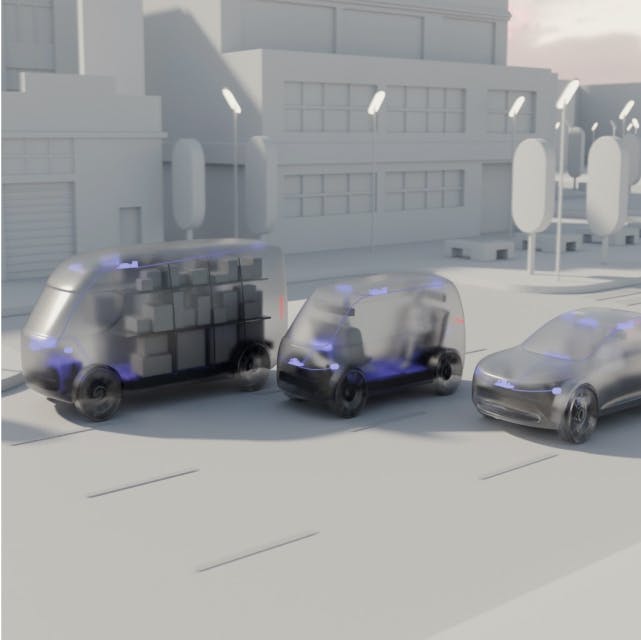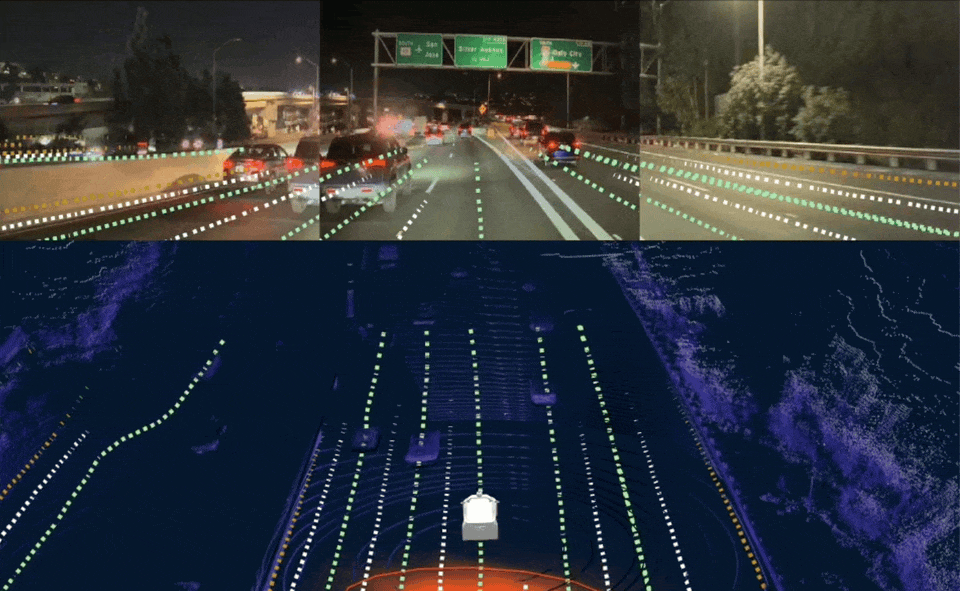Bringing autonomous driving to every road in America requires more than just technology — it demands an AI driver that understands the full spectrum of driving styles, road conditions, and environments. From quiet suburban neighborhoods to bustling city streets, Nuro Driver™ must adapt to it all.
In our 9 years of operation, Nuro Driver has driven many lifetimes worth of miles — mostly near our homes in the San Francisco Bay Area and Houston. To learn and adapt to new environments, we needed to hit the road and collect data in America’s largest cities, most utilized highways, and rural areas. In total, we visited areas representing the homes of 56% of Americans. We’ll use this data to bring our safe, driverless technology to a city near you soon.
Capturing the Full Spectrum of Driving Scenarios
We sent manually driven Nuro Prius AVs to 59 cities, boosting our total U.S. road coverage by nearly 4x. Every city offered a new set of conditions — from the dense traffic of New York to the heavy rain of Seattle. By collecting data on how our vehicles interact with road layouts, weather, and differing driving styles, we’re building a dynamic dataset that directly strengthens our AI models.
Images of the Nuro Prius AVs from cities across America.
Building a Generalizable Autonomy Stack
Collecting data is just the first step. The real impact comes from how we use that data to elevate every aspect of our autonomy stack. Our goal is to develop a generalizable self-driving technology that can adapt itself to any environment. Broad, diverse data serves as our foundation, ensuring we can drive well in any area of the U.S.
Specifically, we utilize this data in 3 ways:
- Mapping: To scale Nuro Driver to all roads and all rides, we need to generate accurate, real-time maps, even in unfamiliar areas. We label a portion of the data collected, then use it to train and evaluate our online mapping system. Using our robust data set, we can now create maps in real time in any city — even if we’ve never driven there before — without relying on any high definition (HD) context map.
- Perception: Just like any driver, our systems learn from their environment. We’ve spent a lot of time in our home cities and the typical road signs, traffic patterns, and sunny weather. Using our expanded data set, we are teaching our Perception module to identify things that don’t happen often in the Bay Area or Houston — like a stop sign covered in snow. This broadens the system’s ability to operate independently of context maps and rely more on our advanced online mapping capabilities.
- Behavior: Real-world data is key to refining the Nuro Driver’s decision-making. We take real data collected on actual roads, re-drive virtually using our latest software version and with different environments, and assess our performance. We can now run this evaluation on any area we’ve driven, even without an HD context map. Through this exercise, we’re optimizing how the vehicle responds — whether adjusting speed, braking, or changing lanes. This ensures that the Nuro Driver behaves intelligently, adapting to each road condition with precision.
Data Utilization: our system now creates precise maps of San Francisco without relying on context maps, boosting both accuracy and efficiency.
The Road Ahead: Scaling, Continuously Improving, and Fine Tuning
The data we’ve collected — spanning highways, city streets, and rural roads — has already begun improving on our foundational AI models. But just like you need to adjust to the driving in a new city during a vacation, we always fine tune our models to incorporate regional nuances before we launch autonomous systems in a new marketplace. As we continue to expand our domain and gather data from even more cities, our mission is clearer than ever: to build an AI-powered autonomy stack that seamlessly handles the complexities of real-world driving, at scale.



